Destructive Changes Salesforce
Destructive changes salesforce. Although you can use packagexml to add components its not sufficient to delete them. That requires some specific domain knowledge and the setup and maintenance costs associated with running the Ant migration tool. Deploying Destructive Changes After you have selected the list of components to be deployed to the target Salesforce org go to the Destructive Items tab.
--generate-delta command is not showing any destructive changes it generates a destructiveChangesxml without any deleted metadata. Deploying destructive changes to Salesforce via the Metadata API is a reasonable option when attempting to introduce automation into your development environ. Unfortunately Salesforce does not make it very easy to remove code.
Beside this what can be used to delete components from production salesforce. Jurassic world majungasaurus toy. Deploy a destructive change using the Salesforce CLI Raw deployDestructiveChangesh This file contains bidirectional Unicode text that may be interpreted or compiled differently than what appears below.
Pre Destructive Changes will delete unwanted fields or metadata components from your destination Salesforce org before the deployments begin. In a few minutes well execute ant undeployCode but weve a few items to take care of first. You cant make destructive changes with Change Sets.
To delete files create a delete manifest thats called destructiveChangesxmlThe format of the delete manifest is the same as packagexml except that wildcards arent supported. Please note that a destructive deployment is still a deployment and thus has to comply with the same rules. Apex class Status can only be changed to Active or Deleted not Inactive.
Deploy a destructive change using the Salesforce CLI Raw deployDestructiveChangesh This file contains bidirectional Unicode text that may be interpreted or compiled differently than what appears below. Open the matching xml file and change the Status XML tag from Active to Deleted. Does anytone know where there is documentation that describes what cancannot be used in the destructiveChangesxml file.
Destructive changes in Salesforce are just a pain. If in the future Salesforce do add support for these via the metadata API then we would be able to support these destructive changes however currently we are limited by this API restriction.
To delete files create a delete manifest thats called destructiveChangesxmlThe format of the delete manifest is the same as packagexml except that wildcards arent supported.
Here is the relevant excerpt. Beside this what can be used to delete components from production salesforce. To review open the file in an editor that reveals hidden Unicode characters. When a destructiveChangesPrexml file is part of a deployment package it will instruct Salesforce to delete all of the components listed in the file before deploying the actual metadata within the package. Those changes that cant compile are not deployed but the overall command completes successfully. In particular we will use the destructiveChangesPrexml file. You can perform a deployment that only deletes components. The packagexml file is a project manifest that lists all the components to retrieve or deploy. Executing destructive changes So how do we execute destructive changes.
Instead Juan uses the Salesforce CLI forcemdapideploy command to perform integration testing and staging and then deployment to production. To delete components perform a deployment with the deploy call by using a destructive changes manifest file that lists the components to remove from your organization. Pre Destructive Changes will delete unwanted fields or metadata components from your destination Salesforce org before the deployments begin. Apex class Status can only be changed to Active or Deleted not Inactive. If your package doesnt contain Apex. Those changes that cant compile are not deployed but the overall command completes successfully. Other users who come across this problem have been executing these destructive changes manually.
















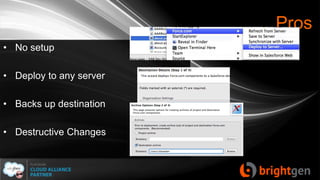













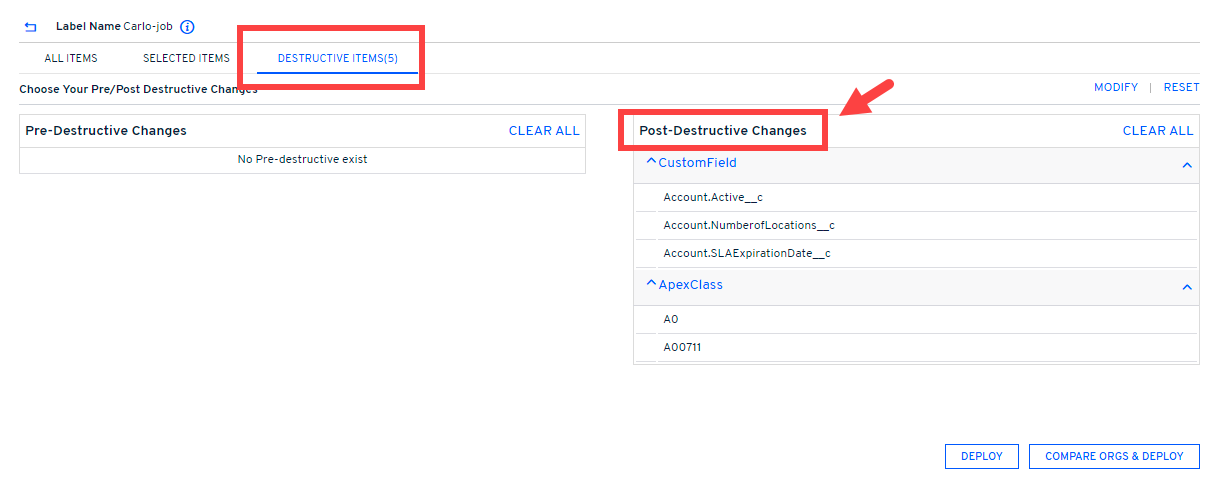
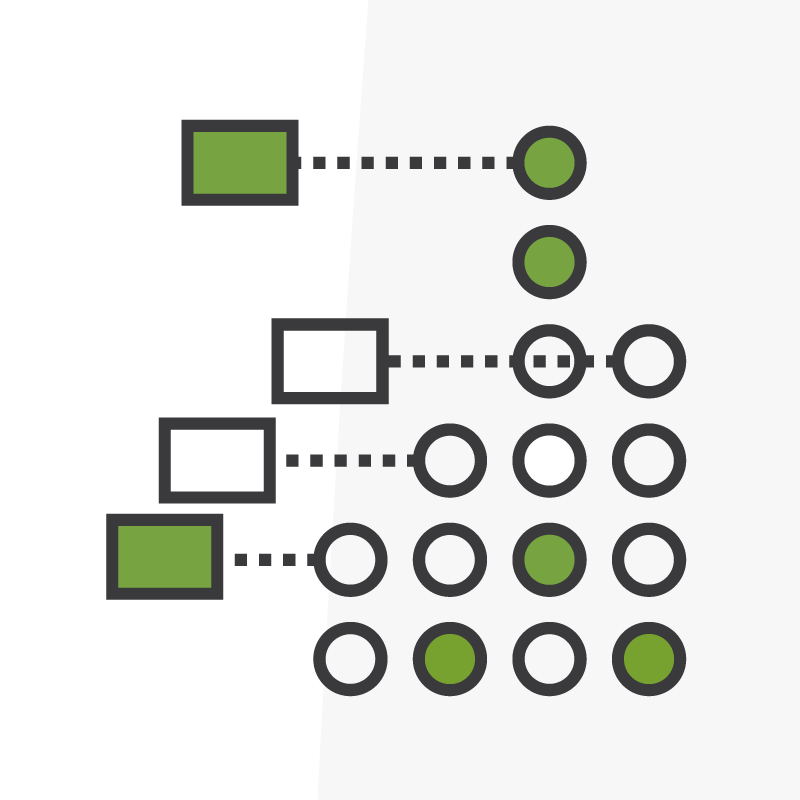


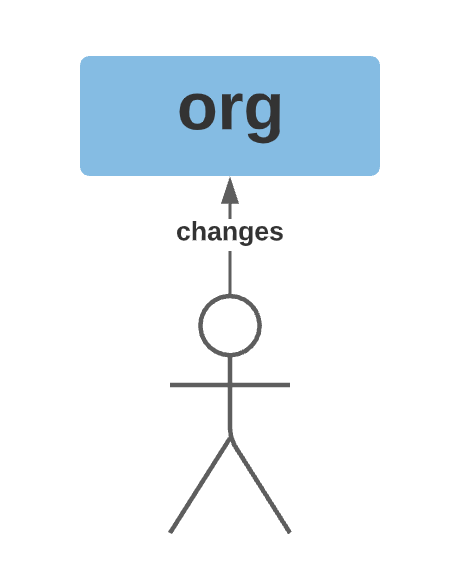


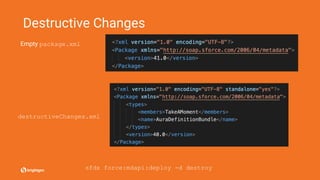


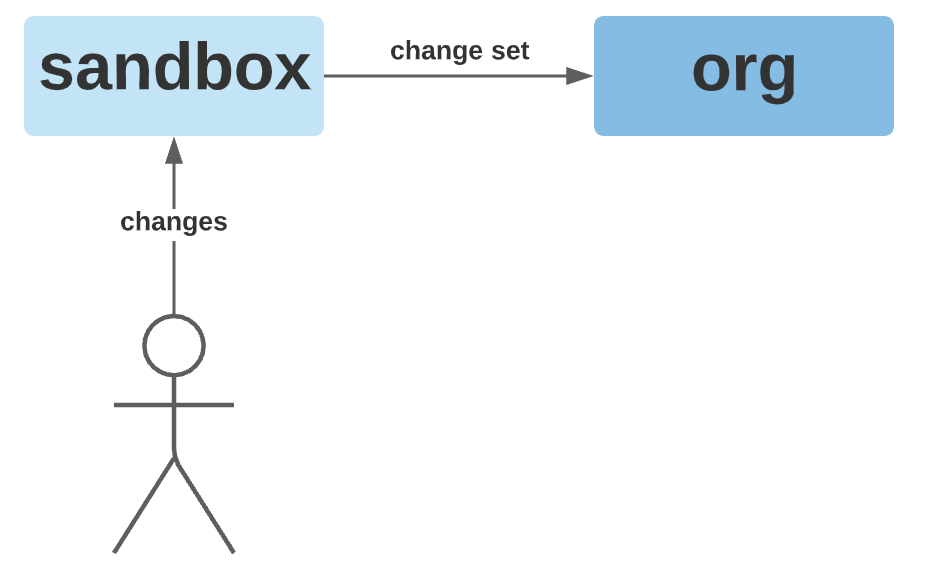



Post a Comment for "Destructive Changes Salesforce"